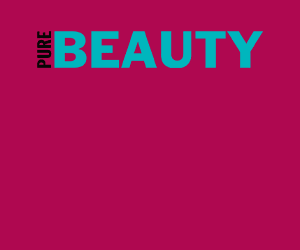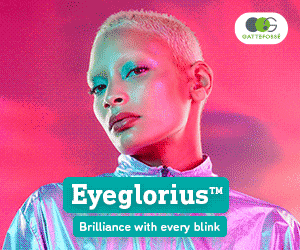
Tosshan Ramgolam,
Incopro
Protecting your beauty brand should be a high priority for cosmetics companies in today's increasingly digital environment.
However, many brands continue to find imitations of their products on the black market, which is growing in sophistication and believability.
Here, Tosshan Ramgolam, Pre-Sales Consultant at brand protection specialist Incopro, examines the risks posed to the cosmetics market of counterfeit beauty goods and how fake products are finding their way into consumers' homes.
Cosmetics sales are on the rise, with the industry recording growth of 5% in 2018, its highest in two decades.
By 2024, the market is expected to be worth US$863bn. Cosmetics are therefore seen as an enticing opportunity for counterfeiters looking to exploit consumer demand.
Skin care is the leading category accounting for 36% of the global market and is seen as one of the most profitable avenues to bad actors.
Cosmetics and pharmaceutical products made up 6.5% of all counterfeit



